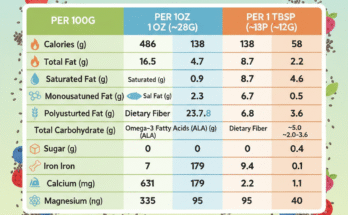What is Atrial Flutter?
Usually it has been observed that atrial flutter occurs when the electrical impulses form a circuit on top of the right atria, causing it to beat much rapidly than normally at approximately 300 beats per minute (bpm) instead of the normal 60-90 bpm. The impulses from the top chamber do not quite conduct in a 1:1 manner to the ventricles, which typically conduct at 150 or 100 bpm, giving you this fixed increased pulse rate.
Types of Atrial Fluuter
There are two types of atrial flutter, the common type I and rarer type II.Most individuals with atrial flutter will manifest only one of these. Rarely someone may manifest both types; however, they can manifest only one type at a time.
Type I
Type I atrial flutter, also known as common atrial flutter or typical atrial flutter, has an atrial rate of 240 to 340 beats/minute. However, this rate may be slowed by antiarrhythmic agents.
The reentrant loop circles the right atrium, passing through the cavo-tricuspid isthmus – a body of fibrous tissue in the lower atrium between the inferior vena cava, and the tricuspid valve.[1] Type I flutter is further divided into two subtypes, known as counterclockwise atrial flutter and clockwise atrial flutter depending on the direction of current passing through the loop.
SubTypes of Type I
Type I flutter is further divided into two sub types
counterclockwise atrial flutter
clockwise atrial flutter
Type II
This type is also known as atypical atrial flutter. Atypical atrial flutter follows a significantly different re-entry pathway to type I flutter, and is typically faster, usually 340–440 beats/minute. Atypical atrial flutter rarely occurs in people who have not undergone previous heart surgery or previous catheter ablation procedures. Left atrial flutter is considered atypical and is common after incomplete left atrial ablation procedures.Atypical atrial flutter originating from the right atrium and heart’s septum have also been described.
What are the causes of atrial flutter?
Underlying heart problems are usually the cause of atrial flutter. They are
coronary heart disease
cardiomyopathy
eart valve disease
congenital heart disease
inflammation of the heart
high blood pressure
How to Diagnosis Atrial Flutter?
Your doctor may order diagnostic tests to confirm a diagnosis of atrial flutter.
ECG
TFTs
Blood tests
serum electrolytes
CXR
Holter monito
Chest X-ray
What is the Treatment of Atrial Flutter?
The atrial flutter treatment that is most appropriate for you will depend on how long you’ve had atrial fibrillation, how bothersome your symptoms are and the underlying cause of your atrial fibrillation. Generally, the treatment goals for atrial fibrillation are to:
Reset the rhythm or control the rate
Prevent blood clots
Decrease the risk of strokes
Atrial Flutter is dangerous diseases but do not worry it is curable. Contact with professional consultant cardiologist to cure this daises.
If you are living in London Than I suggest you to consult with Dr. Boon Lim – Best Consultant Cardiologist London.


